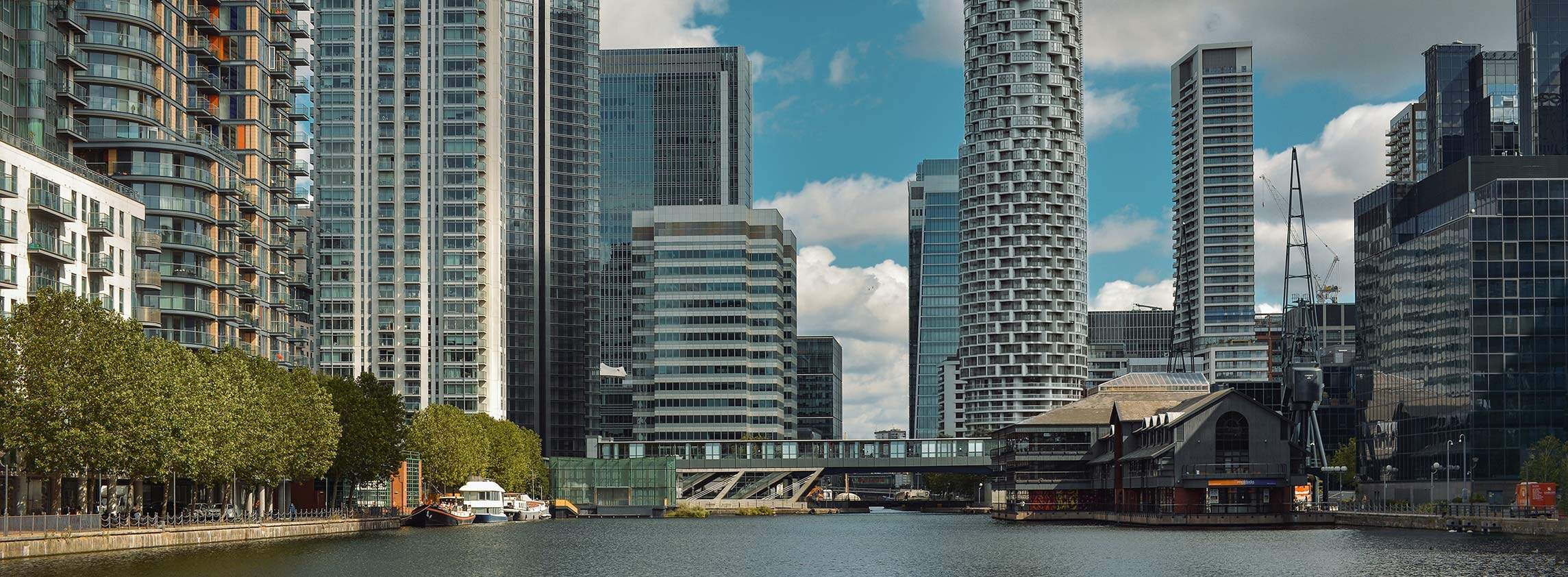Prime yields remain static in October
Prime yields remained static in October; however, with four downward arrows this month, the momentum in the UK commercial property market continues to build.
With no sectors reporting outward pressure and Foodstores, South-East offices, Retail Warehousing (open A1) and Retail Warehousing (restricted) likely to see inward movement, we expect the average yields to compress further as we move towards the end of the year. By the end of October, total investment volumes for the year stood at £44.7bn, which exceeds the same time in 2020 by 29%, but somewhat surprisingly also exceeds 2019 by 15%. Driven by the industrial and alternative sectors, Savills expects end-of-year investment levels to exceed the five- and ten-year averages.
The industrial sector remains the star performer with transaction volumes reaching £12.8bn from January to October, already exceeding the long-term annual average for this sector (6.5bn) by 97%.
Key deals include Blackstone, which acquired Asda Logistics portfolio for £1.7 billion in a sale and leaseback transaction. Schroders acquired six assets from Segro for £205 million, including two big box assets and four urban assets.
87% of the office stock in the major office markets throughout the UK have an EPC of ‘C’ or below, with over 1 billion sq ft below EPC 'B'
Energy Performance Certificates (EPCs) set out the energy efficiency rating of a property and contain recommendations for ways in which the efficiency of the property could be improved, and were formed as part of the UK government’s net-zero by 2050 pledge. Current rules state that it’s unlawful for landlords to grant new leases, or renewals of existing ones, on commercial properties with an EPC below ‘E’, but a proposed Department for Business, Energy and Industrial Strategy (BEIS) framework would ensure that all non-domestic rented buildings achieve a minimum ‘B’ rating by 2030.
Savills Research has analysed the EPC ratings of the current stock across the major office markets in the UK. It is estimated that 87% of the office stock has an EPC rating of ‘C’ or below, and over 1 billion sq ft across the UK is below the proposed minimum EPC ‘B’ rating, highlighting the scale of the challenge to improve the energy efficiency of the UK office market.
The proportion of space let rated EPC ‘A’ or ‘B’ exceeded 60% from 2020 onwards in Birmingham, Edinburgh, Leeds and Manchester
Clare Bailey, Director, Commercial Research
The majority of stock in the regional office market is rated EPC ‘C’ or below, with none of the Big Six regional cities or the Greater London & South East market having over 15% of stock rated EPC ‘B’ or above. Each market area does, however, have between 20–30% of the stock rated EPC ‘C'. However, when we looked at the proportion of available space that rated as EPC ‘B’ or above, this significantly rises. This accounts for 45% in the Big Six regional cities combined and 39% for the Greater London & South East office market.
Ultimately, the demand for buildings that can satisfy ESG criteria for occupiers is rising, which is reflected in the ongoing flight to quality across the regional office market. The proportion of space let rated EPC ‘A’ or ‘B’ exceeded 60% from 2020 onwards in Birmingham, Edinburgh, Leeds and Manchester. This proportion peaked in Edinburgh at 78%, the highest of all the Big Six regional cities. The Greater London & South East region has also experienced a similar trend with 52% of space let since the start of 2020 being rated EPC ‘A’ or ‘B’.
Developers are responding to this demand for sustainable office space, which is reflected in the space under construction across the Big Six regional cities.
There is currently 4 million sq ft under construction, all of which is certified as BREEAM ‘Very Good’ or above. However, ‘despite’ the new space under construction satisfying this benchmark, this is still a very low percentage of overall office stock.
More detail is provided in our report How sustainable is office stock in the UK?.
The chart below outlines spending data across various leisure subcategories. Following 17 months of declines, hospitality and leisure spend returned to growth (+6.4%) in August 2021 compared to equivalent 2019 levels. This has been largely driven by the return to socialising through the August summer holiday period as well as a boom in the domestic leisure holiday segment.
Meanwhile, spend on eating and drinking saw its highest post-Covid growth of 40.5% in August, up from 34.7% in July, and owed to the easing of social distancing restrictions across pubs and bars (+43.4%) and restaurants (+0.1%). The ongoing strength of takeaways and fast-food outlets has continued, with the segment reporting sales growth of 71.5% vs August 2019 levels. This has been evidenced through net openings in H1 2021, with fast-food takeaways reporting a net growth of 333 units, according to LDC data, representing the fastest-growing UK retail/leisure subsector.
Read more on this subject via our recent blog, here.
